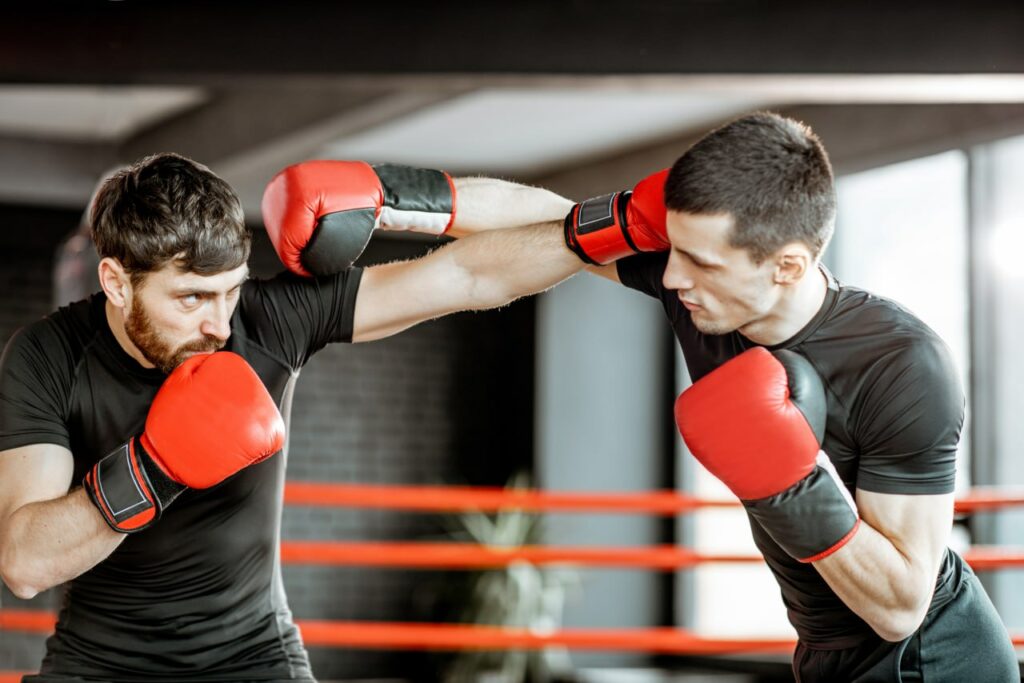Boxing is a combat sport with a rich and complex history that spans centuries and continents. Its apparent simplicity coupled with the grace of its movements has earned it a great deal of love from sports fans around the world. In addition, boxing has proven to be a great sport for staying in shape.
Ancient Beginnings
Boxing’s roots can be traced back to ancient civilizations. The earliest evidence of boxing was found in Egypt around 3000 BC, and it was also a popular sport in ancient Greece, included in the early Olympic Games in 688 BC. These ancient contests bear little resemblance to modern boxing, involving minimal rules and protection, which made them extremely brutal.
Boxing became a favorite spectacle in Roman times. Fighters wore leather thongs wrapped around their fists for protection and added metal studs as the sport grew more violent, leading to severe injuries or even death.
Regulated Sport: The Queensberry Rules
The transformation of boxing into a more regulated and civilized sport began in 18th-century England, where it gained immense popularity. The introduction of the Marquess of Queensberry Rules in 1867 marked a significant turning point. These rules, still the basis of professional boxing today, mandated the use of gloves, three-minute rounds, and a ten-second count for knockdowns.
Key Queensberry Rules:
- Introduction of boxing gloves;
- Establishment of a ring surrounded by ropes;
- Specific round lengths and rest periods.
The Golden Age of Boxing
The early 20th century is often considered the “Golden Age” of boxing, a time when the sport’s popularity exploded in the United States and Europe. This era was characterized by legendary figures whose fame transcended the sport.
- Jack Dempsey: Known as “The Manassa Mauler,” Dempsey was one of the most popular fighters of the 1920s, drawing huge crowds with his aggressive fighting style.
- Joe Louis: An iconic figure, Louis held the heavyweight title from 1937 to 1949 and was a national hero in the U.S., particularly noted for his matches against German boxer Max Schmeling.
Post-War Popularity and the Television Era
After World War II, boxing’s appeal continued to grow, bolstered by television broadcasts that brought high-profile bouts into living rooms around the world. The 1950s and 1960s saw the rise of television stars who were also skilled boxers.
- Sugar Ray Robinson: Often cited as the greatest pound-for-pound boxer in history, Robinson held the welterweight and middleweight titles multiple times.
- Muhammad Ali: Emerging in the 1960s, Ali became not only a boxing legend but also a significant cultural and political figure. His fights, such as those against Joe Frazier and George Foreman, were global events.
Boxing Nowadays
In recent decades, boxing has continued to evolve, with organizations like the World Boxing Association (WBA), World Boxing Council (WBC), International Boxing Federation (IBF), and World Boxing Organization (WBO) playing pivotal roles in sanctioning professional bouts and establishing unified rules.
Modern boxing features champions from across the globe, showcasing the sport’s universal appeal. Fighters like Manny Pacquiao from the Philippines, Floyd Mayweather Jr. from the USA, and Canelo Álvarez from Mexico have helped maintain boxing’s prominence in the global sports arena.
The late 20th and early 21st centuries have seen the rise of women’s boxing. Stars like Christy Martin, Laila Ali, and Cecilia Brækhus have contributed significantly to the sport’s popularity and acceptance.
Future Challenges
Despite its popularity, boxing faces challenges, including concerns about health risks such as chronic traumatic encephalopathy (CTE) and the rise of mixed martial arts (MMA) as a competitive sport. However, boxing continues to adapt, improving safety and introducing new technologies for training and analyzing fights.
The health risks are indeed great, as professional athletes have to endure numerous concussions, which affects brain function. This impact was seen in the last years of the life of the Great Muhammad Ali and many other professional boxers. Unfortunately, at this point in time, no one has figured out how to avoid such problems.
Many people have also stopped watching classic boxing because of its traditionalism and restraint. Instead, many people prefer to watch more dynamic mixed martial arts style fights.

More than Sport
Outside the ring, boxing has had a significant impact on culture, inspiring countless movies, books and songs that capture the drama, personal stories and colorful personalities of champions. Movies such as Rocky and Raging Bull not only entertain millions, but also enrich the sport’s legacy by telling the story of perseverance, hardship and triumph inherent in a boxer’s life.
Boxing’s journey from the sands of ancient arenas to the high-tech gyms of today is a testament to its enduring appeal and ability to evolve. Built on a foundation of discipline, resilience and respect, the sport continues to fascinate and inspire, reflecting the complexities and triumphs of human endeavor. Moving forward, boxing remains a vibrant symbol of the fighting spirit that lives on in all cultures.


